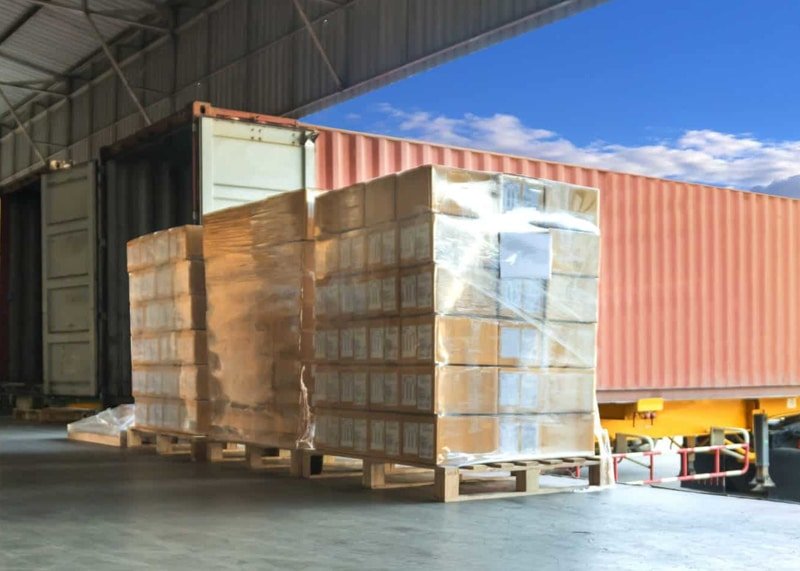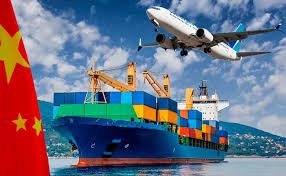
In the landscape of international logistics, cost-efficiency and sustainability are key to competitive advantage. Freight consolidation—bringing together multiple small shipments into a single movement—is a powerful strategy that tackles both. In this comprehensive guide, we break down what freight consolidation involves, its advantages and challenges, and how Guanwutong employs this method to offer premium, cost-effective solutions.
What is Freight Consolidation?
Freight consolidation refers to combining several smaller shipments—often from different shippers—into one larger load (e.g., container or truck). This can happen in different forms:
- LCL (Less-than-Container Load): Multiple small packages combine into one ocean container.
- LTL (Less-than-Truckload): On land, grouped shipments move together in one truck.
- Air Consolidation: Small parcels share space on a pallet or aircraft for cost savings.
Whether operated at origin, in-transit, or at destination, this process is designed for efficiency—even pooling cargo from various suppliers to the same destination point.
Top Advantages of Freight Consolidation
Cost Savings via Economies of Scale
By combining shipments, shippers enjoy lower per-unit costs as overheads—like fuel, handling, and administration—are shared.
Lower Handling Risk
Consolidated shipments generally involve fewer touchpoints (loading/unloading), reducing the chance of damage or loss.
Enhanced Transit Efficiency
Consolidated freight often flows with fewer stops, mirroring full-load transportation speed and reducing delays.
Environmental Gains
Fewer vehicles in transit lead to reduced fuel consumption and lower carbon emissions—adding a sustainability bonus.
Improved Dock Management
With fewer but larger shipments, docks face less congestion—improving operational flow and reducing waiting time for truckers.
Simplified Tracking
One consolidated shipment means fewer tracking numbers and greater visibility—simplifying logistics and customer communication.
Challenges of Freight Consolidation
Extended Lead Times
Waiting to fill a consolidation container can delay shipment. With tight customer delivery expectations, this can be a concern.
Complex Customs Handling
A single container with diverse goods may trigger full-set inspections, complicating clearance for all items involved.
Coordination Complexity
Consolidation requires precise coordination among multiple parties—shipper, forwarder, carriers. Miscommunication can cause delays.
Fragile or Special-Handling Goods Risks
Sensitive items may not be suitable for shared containers. Consolidation may raise damage risks unless properly managed.
How Guanwutong Masterfully Manages Consolidation
As a seasoned freight forwarder, Guanwutong leverages consolidation with precision and reliability:
Strategic Consolidation Warehouses
Our facilities in Shenzhen and Ningbo pool shipments efficiently, sorted by route, product type, or speed.
Data-Driven Scheduling
We deploy intelligent scheduling—minimizing wait times while balancing cost savings with delivery needs.
Customs-Ready Packaging
We pack with care—grouping compatible goods and labeling clearly to reduce inspection delays and damage risks.
Flexible Hybrid Shipping
We mix sea, air, and express solutions—such as sea freight to a hub followed by courier—combining cost and speed advantages.
Eco & Cost-Conscious
By consolidating, we lower emissions and shipping rates, offering clients optimized value.
Transparency in Cost & Cargo
Clients get breakdowns of consolidation fees and unified tracking across entire shipment journeys.
Real-World Scenario: Leveraging LCL to Lower Costs
Client: U.S.-based retailer sourcing styles from multiple factories in Dongguan
Volume: ≤10 CBM monthly
Challenge: High per-CBM LCL cost, carrier capacity constraints during peak season
Guanwutong Solution:
- Consolidated multi-supplier cargo in Shenzhen warehouse
- Negotiated bulk LCL rate
- Implemented PAP for customs pre-clearance
Result: 25% cost reduction, improved delivery predictability
Is Consolidation Right for Your Business?
Ask yourself:
- Do you ship small or irregular volumes?
- Can you accommodate slightly longer delivery times?
- Are your goods suitable for consolidation grouping?
- Do you need compliance, transparency, and cost control integrated?
Consolidation may be ideal if your goal is cost efficiency and simplified logistics—especially when handled by a competent forwarder like Guanwutong.
Conclusion: Freight Consolidation as a Strategic Tool
Freight consolidation is more than cost-saving—it’s supply chain strategy. Maximize value by aligning shipment flow, schedule flexibility, and documentation accuracy.Shenzhen Guanwutong International Freight Forwarding Co, Ltd. uniquely blends consolidation expertise with operational reliability, helping businesses ship smarter across borders.


